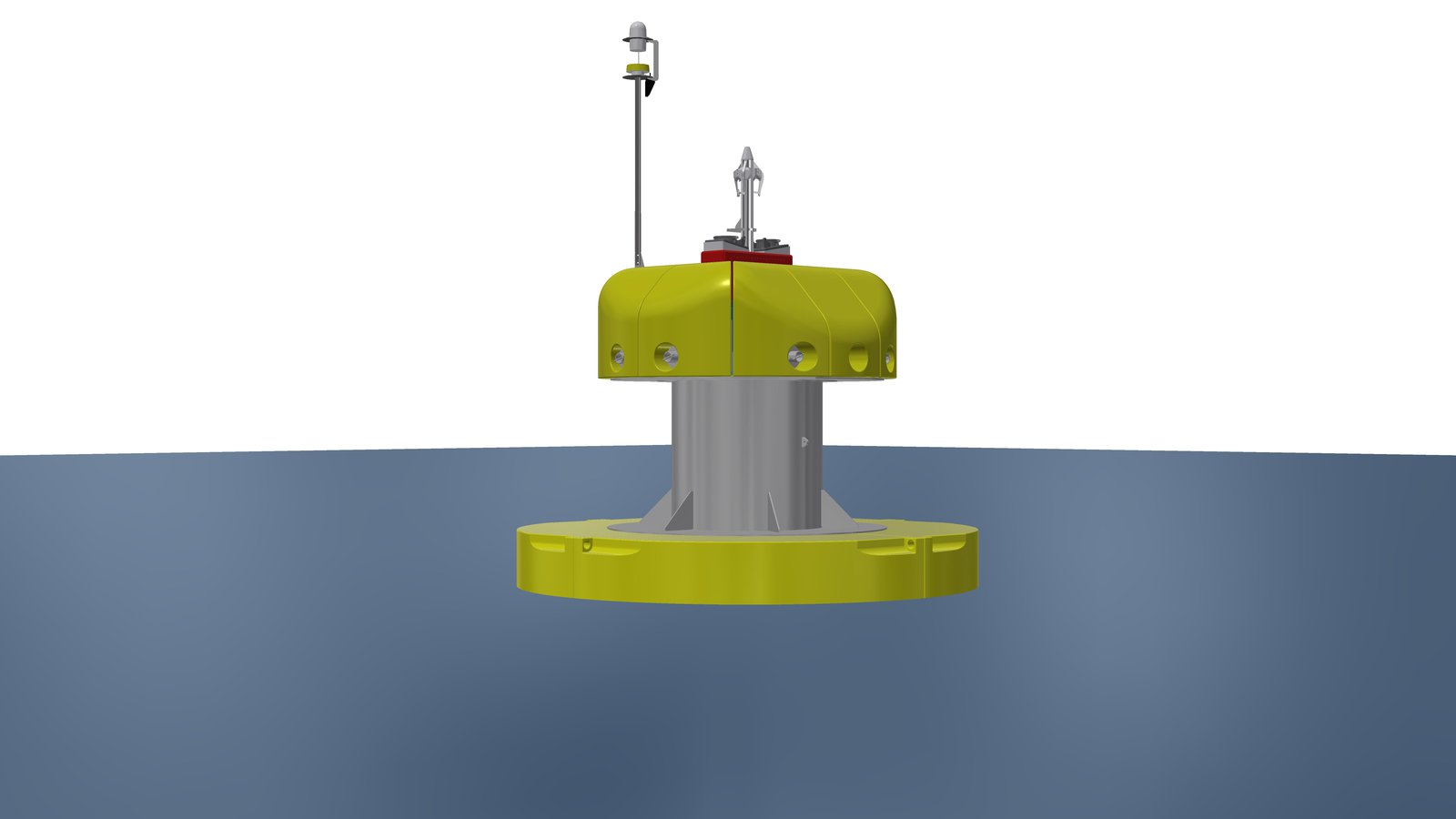Offshore Charging for Hybrid and Electric Vessels

In July 2020 Jebb Smith Limited (JSL) was awarded a grant from Maritime Research and Innovation UK (MarRI-UK) for a project titled ‘Offshore Charging for Hybrid and Electric Vessels’. This project is developing vital infrastructure (The OASIS Power Buoy) to enable offshore in-field charging.
The OASIS Power Buoy is a ‘super charger at sea’ and will meet the need for in-field charging by providing a safe, easy to use, and zero emission power source fed from the wind turbines, greatly advancing the duration vessels are able use zero emission propulsion. The use of Hybrid CTVs could reduce CO2 emissions by 70%, with many journeys fully completed on electric charge and therefore zero emissions (Łebkowski, 2020). Having this charging capability offshore would bolster operator’s confidence to invest in electrified vessels, which will have greater flexibility to operate in the field for longer periods, supporting a reduction in operations and maintenance costs and will bring the industry closer to emissions targets.
Over 2022 / 2023 electrical testing and in-field deployment are planned, with commercial launch shortly after
Detailed design of the OASIS Power Buoy has been completed and prototype build completion is imminent (August 2021). A key lesson learned from this project has been the need for a universal offshore charging standard. Others are currently working on this alongside ORE Catapult with Jebb Smith as an acknowledged stakeholder. Over 2022 / 2023 electrical testing and in-field deployment are planned, with commercial launch shortly after.
This project will aid the UK meet its net zero targets and establish itself as a world leader of the green industrial revolution outlined by the Prime Ministers Ten Point Plan. This builds upon government commitment to develop maritime renewable energy systems and advance new clean power from offshore wind farms. The ‘Clean Maritime Plan’ (DfT - July 2019), states that by 2025 the government expects that all vessels operating in UK waters, are maximising the use of energy efficient options. All new vessels being ordered for use in UK waters are to be designed with zero emission propulsion capability’ to reduce maritime emissions by 50% by 2050 compared to 2008.
The UK is a world leader in the offshore wind industry and has fleet of around 140 Crew Transfer Vessels (CTVs) for routine maintenance of offshore wind farms. Each of these vessels consumes almost £1 Million in diesel each year. This carbon footprint is unacceptably high and there is industry desire to move these vessels over to hybrid diesel-electric or fully electric propulsion. Vessels can be charged in harbours however, most wind farms are too far offshore for the vessels to get there and back on one battery charge. Currently there are no options for offshore charging, meaning on-board diesel power will be required until an in-field charging solution is developed.
The Oasis Power Buoy solution will allow maritime to connect to offshore wind in a clean, cost-effective way, further enabling the UK to thrive as the home of green ships
As outlined in the 10 Point Plan, the UK aims to quadruple offshore wind capacity by 2030, thereby requiring more use of CTV vessels. Without in-field charging an increase in maritime emissions would be inevitable. The Oasis Power Buoy solution will allow maritime to connect to offshore wind in a clean, cost-effective way, further enabling the UK to thrive as the home of green ships. Research carried out by ORE Catapult has suggested that by 2030 there are expected to be 528 operational offshore wind farms globally. By developing the first in-field charging solution JSL expects to capture a major share of the global market. The OASIS Power Buoy will be manufactured here in the UK providing jobs, investment, and economic benefits.
More information
Email: oasis@jebbsmith.com
| Public funding | |
|---|---|
| £164,770.20 | Maritime Research & Innovation UK (MarRI-UK) grant |
